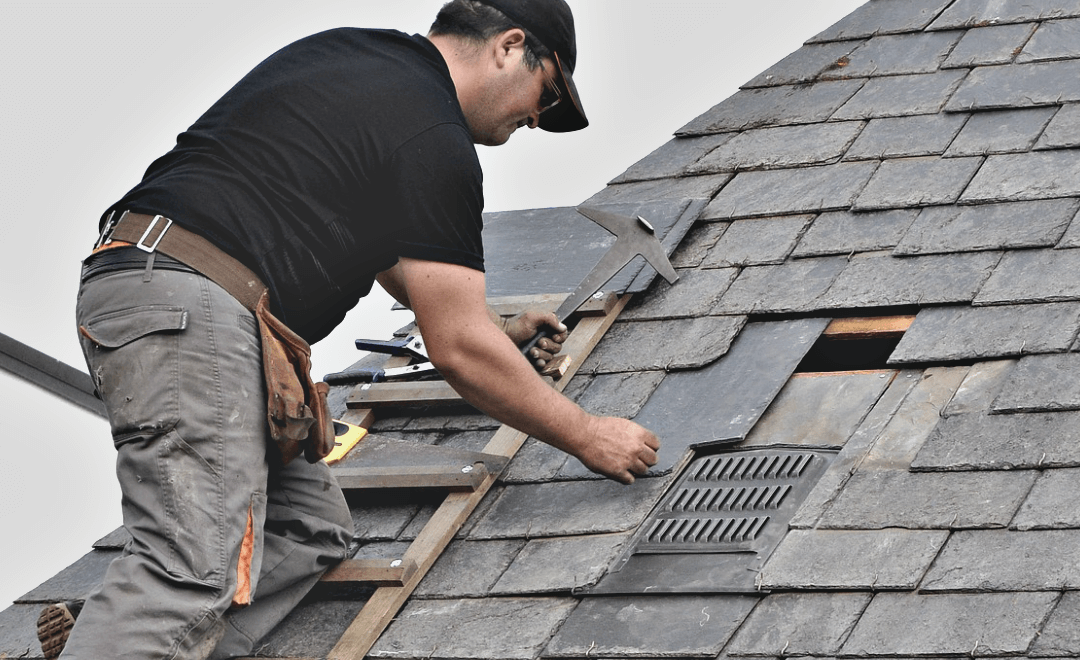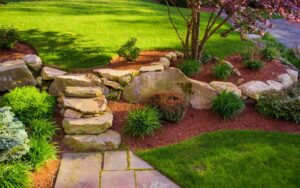
Shingle roofing has stood the test of time as a popular choice for homes and buildings across the world. With its timeless appeal and practical advantages, it’s no wonder that shingles have remained a top choice for roofing solutions. In this comprehensive guide, we’ll delve into the world of shingle roofing, exploring its various types, installation processes, and maintenance tips to ensure your roofing investment stands strong for years to come to get dig this.
Types of Shingle Roofing
Asphalt Shingles
The Versatile Asphalt Shingle
Asphalt shingles, known for their durability and affordability, have become a staple in the roofing industry. These shingles are composed of a fiberglass mat coated with asphalt and mineral granules. They come in a variety of styles and colors, making them suitable for a wide range of architectural designs. The benefits of asphalt shingles extend beyond their budget-friendly price tag; they offer excellent weather resistance and can withstand harsh elements. However, it’s essential to note that asphalt shingles have a limited lifespan compared to other roofing materials, typically ranging from 20 to 30 years.
Wood Shingles and Shakes
Embracing Natural Beauty with Wood Shingles
For those who appreciate the natural aesthetic of wood, wood shingles and shakes are a compelling choice. Crafted from cedar, redwood, or other wood species, these roofing materials exude warmth and character. Wood shingles are precisely cut for a uniform appearance, while shakes maintain a more rustic, textured look. With proper maintenance and periodic treatments, wood shingles and shakes can last for several decades. However, they require more attention than asphalt shingles, as they are susceptible to rot, insects, and moss growth.
Metal Shingles
Modern Elegance Meets Durability with Metal Shingles
Metal shingles are gaining popularity for their remarkable strength and versatility. Crafted from materials like aluminum, steel, or copper, these shingles offer impressive longevity, often surpassing 50 years. Metal shingles are available in various profiles, allowing homeowners to achieve both traditional and contemporary aesthetics. Additionally, metal roofing is highly energy-efficient, reflecting heat and reducing cooling costs. The initial cost may be higher than asphalt shingles, but the long-term benefits and eco-friendliness make it a compelling choice.
Shingle Roof Installation
Preparation and Underlayment
The Foundation for a Solid Roof
Before shingles are laid, the roof deck must be in optimal condition. Any structural issues or damaged decking should be addressed beforehand. Proper underlayment is crucial for moisture protection. Using materials like synthetic underlayment or felt paper, it creates a barrier that prevents water infiltration. Adequate ventilation and insulation must also be considered during this phase to ensure the longevity of your shingle roof.
Shingle Application
The Art of Precision Installation
The process of installing shingles requires skill and attention to detail. Proper nailing patterns, spacing, and alignment are essential for a secure and weather-resistant roof. Shingles should be overlapped correctly to prevent water penetration. Sealant application ensures a tight seal, safeguarding your home from leaks and moisture damage. Following these installation techniques is crucial for the long-term performance of your shingle roof.
Flashing and Ridge Ventilation
Defending Against Leaks and Enhancing Ventilation
Flashing plays a pivotal role in preventing leaks around roof penetrations, such as chimneys, vents, and skylights. Properly installed flashing ensures a watertight seal, safeguarding your home’s interior. Ridge ventilation is equally important for maintaining the health of your shingle roof. It allows for proper airflow, reducing heat buildup and prolonging the life of your roofing materials. Proper flashing and ventilation are key factors in enhancing the overall lifespan of your shingle roof.
Maintenance and Longevity
Regular Inspections
The Ongoing Vigilance of Roof Inspections
Routine roof inspections are essential for detecting and addressing issues early on. Small problems, if left unattended, can escalate into costly repairs. Regularly inspecting your shingle roof for missing or damaged shingles, deteriorating flashings, and signs of leaks can save you both time and money in the long run. It is advisable to conduct inspections at least twice a year, preferably in the spring and fall.
Cleaning and Moss Removal
Preserving Aesthetics and Durability
Preventing moss and algae growth on your shingle roof is vital for both aesthetics and longevity. Moss and algae can retain moisture, causing shingles to deteriorate over time. Safely cleaning your shingle roof using specialized solutions and low-pressure washing can help maintain its appearance and performance. Regular cleaning and moss removal are integral parts of preserving the beauty and durability of your shingle roof.
Extending the Lifespan
Maximizing the Investment in Your Shingle Roof
To ensure the longevity of your shingle roof, proactive maintenance is key. Addressing issues promptly, whether it’s a minor repair or replacement of damaged shingles, can prevent more significant problems down the road. When your shingle roof nears the end of its lifespan, consider re-roofing as a cost-effective option to extend its life. Re-roofing involves adding a new layer of shingles over the existing roof, provided the underlying structure is sound. Ultimately, these measures will help you maximize your investment in shingle roofing and enjoy its benefits for many years.
Conclusion
In conclusion, shingle roofing remains a compelling choice for homeowners seeking a blend of durability, aesthetics, and affordability. By understanding the various types of shingle materials, mastering the installation process, and implementing a proactive maintenance routine, you can ensure that your shingle roof stands the test of time. Make an informed choice when selecting shingle materials, invest in proper installation, and maintain your roof diligently to enjoy the enduring benefits of this roofing classic.


